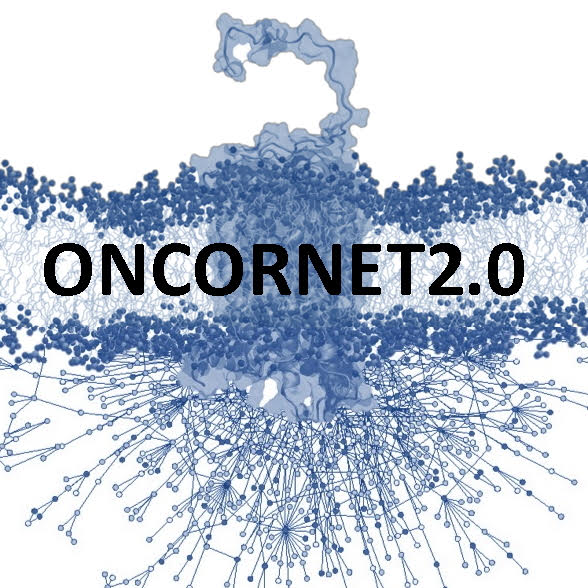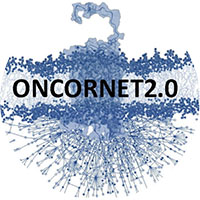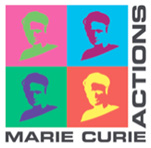Development of CXCR4 and CXCR7 specific chemokines and reagents
Early stage researcher 4 (ESR4) project – Angeliki Karatza
Supervision: Prof G Graham, Prof G Milligan.
Host: UGL (UK) – University of Glasgow, Institutes of i) Infection, Immunity and Inflammation and ii) Molecular, Cell and Systems Biology.
I- Project proposal:
Aim:
1. To define the binding determinants for CXCL11/CXCL12 discrimination by CXCR4 and CXCR7 by developing chimeric chemokines and site-directed mutagenesis of CXCR4 and CXCR7.
2. To identify motifs in CXCL12 responsible for differential (and biased) signalling by CXCR4 and CXCR7.
3. To develop peptide antagonists of CXCR7 function.
Methodology:
To identify the key amino acid determinants responsible for the differential binding of CXCL11/CXCL12 to CXCR4 and CXCR7 we will initially use phylogenetic mapping and structural modelling approaches. These will allow us to design mutant versions of the ligands, as well as chimeric ligands, and to test their ability to bind to, and signal through CXCR4 and CXCR7. Binding will be determined by fluorescent labelling of the chimeric proteins. Arrestin-dependent, and independent, signalling triggered by the mutant and chimeric ligands will be assessed using routine approaches complemeted by analysis of signalling in unique ‘conditional’ arrestin expressing cell lines. If time permits, we will extend the analysis of biased signalling by ligands to incorporate other members of the Atypical Chemokine Receptor family.
Planned secondments: ALMAC (UK), INSERM (FR).
II- Requirement candidate:
Required diploma: MSc degree in a relevant biological science. Candidates with degrees in biochemistry or pharmacology are particularly encouraged to apply.
Required expertise: Molecular Biology, cell culture, biochemistry.
Recommended expertise: Chemokine biology, GPCR pharmacology, arrestin biology.
Key publications:
1. Nibbs RJB, Graham GJ (2013) Immune regulation by atypical chemokine receptors, Nature Reviews Immunology 2013, 13:815-829.
2. Lee KM, Danuser R, Stein JV, Graham D, Nibbs RJB, Graham GJ (2014) The chemokine receptors ACKR2 and CCR2 reciprocally regulate lymphatic vessel density. The EMBO Journal, 33, 2564-2580.
3. Hudson, B.D., Tikhonova, I.G., Pandey, S.K., Ulven, T. and Milligan, G (2012) Extracellular ionic locks determine variation in constitutive activity and ligand potency between species orthologs of the free fatty acid receptors FFA2 and FFA3. Journal of Biological Chemistry 287, 41195-41209.
4. Zakrys, L., Ward, R.J., Pediani, J.D., Godin, A.G., Graham, G.J. and Milligan, G. (2014) Roundabout 1 exists predominantly as a basal dimeric complex and this is unaffected by binding of the ligand Slit2. Biochem. J. 461, 61-73.
Follow us on
Contact details
Please contact us at:
e.v.langemeijer@vu.nl
ONCORNET Coordinator
Vrije Universiteit Amsterdam




